1. Volvo
In an effort to ocean plastic pollution, Swedish car maker Volvo has partnered with the Sydney Institute of Marine Science and Reef Design lab to develop The Living Seawall. Made up of 50 3-D printed tiles that mimic the root structure of mangrove trees, the project aims at adding complexity to the existing seawall structure and provide a habitat for marine life.
The question is what material are they made of. In the original article there is no hint but the comment section was alive with critiques:
1. Are you really sure that those tiles will not erode in the seawater during the next 20 years, thus polluting the ocean with microplastics? It seems this is not a solution, but part of the problem
2. They are 3d printed from ceramic filled resin then kiln fired resulting a solid ceramic tile. No marine pollution.
3. The tiles aren’t 3D printed. They’re made from marine grade concrete, cast in 3D printed molds.
2. Fungi Nendo
Leo Lei has posted an article on Fungi a minimalist series of bowls created by Tokyo-based studio Nendo for Zens, a home interior lifestyle brand focused around healthy living, particularly through their series of contemporary teaware, which features designers from around the world.
Fungi consists of seven bowls that can be used for food or objects and arranged in various combinations. When combined, the bowls appear to grow out of one another, similar to the growth of mushrooms. Due to the bowls’ variant dimensions, they can be used in many ways to serve food or become decorative sculptural pieces.
As Nendo suggests, “Larger bowls to serve fruits, smaller ones for sauces or dips, deeper bowls for flower arrangements, and shallower ones to float candles on water.” The bowls are also available in various color variants to create diverse tablescapes.
Explore Nendo here.
See more permutations here.
Visit Zens the designers here.
Read more from Leo Lei here.
3. Red Mud
Dezeen writes that “Four designers from London’s Royal College of Art have recycled the toxic red mud residue from aluminum production to make a series of terracotta-hued cups, bowls and teapots”.
“Guillermo Whittembury, Joris Olde-Rikkert, Kevin Rouff and Luis Paco Bockelmann began studying the potential of secondary resources, in a bid to realign our perception of waste.The project, called From Wasteland to Living Room, saw the designers transform red mud into different functional ceramic tableware pieces such as cups, bowls, plates, vessels and teapots.
For every ton of alumina produced, the process can leave behind as much as two tons of red mud, which is highly alkaline and hard to neutralize. “Upwards of 150 million tons of red mud are produced every year, enough to stack in industrial barrels six times to the moon,” the designers explained.”
The most unpredictable element was the glazes, which produced “surprising results each time due to the abundance of metal oxides in its composition”.
Read more here.
4. Barber and Osgerby
Lane and Primavera are the two new Mutina collections designed by Edward Barber and Jay Osgerby. Lane came about from a conceptual analysis of the colors, neighborhoods and architectures of London, while Primavera represents the millennial contrast between the natural and the artificial world, expressed through an irregular ceramic surface.
During the working days, we took some shots that reveal the behind the scene of the design and realization phases and show the bright collaboration between the designers and Mutina.
Visit Mutina here.
Visit the designers here.
5. Ruohong Wu
Rotterdam-based artist Ruohong Wu aims to attach a new meaning to the phrase “made in China” by using the country’s infamous mass-production methods to create unique porcelain vessels.
In a bid to prove that mass-produced objects don’t have to be devoid of individuality, Wu has created a collection of slip-cast porcelain objects using recomposed molds taken from the streets of China. This is not a unique technique but Wu has given it a minimalist charm. Also heads up to the photographer Ji Xiao Tong for these graphic images.
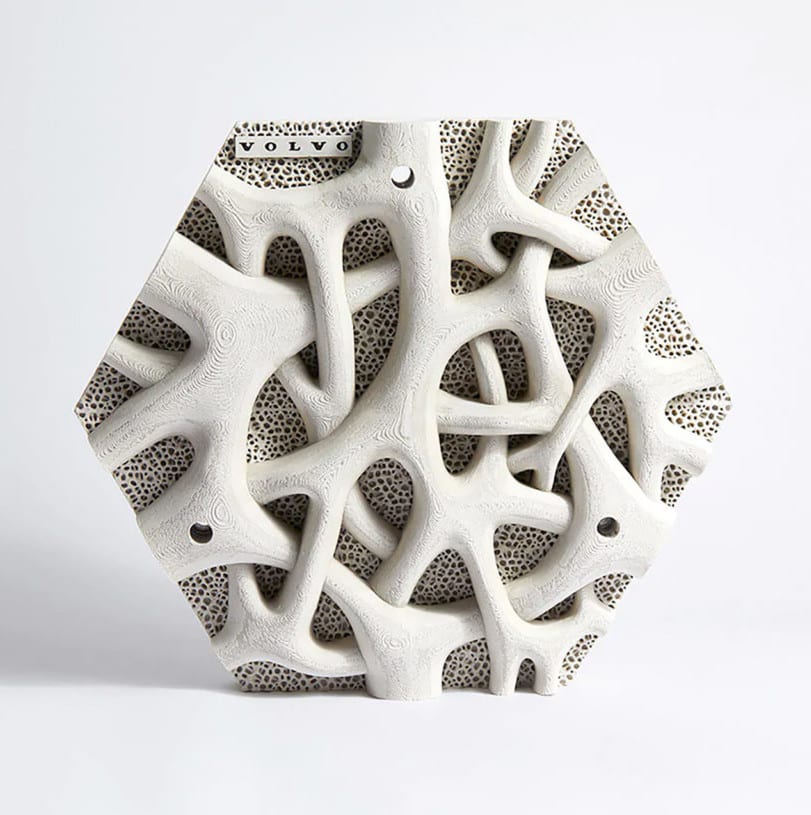
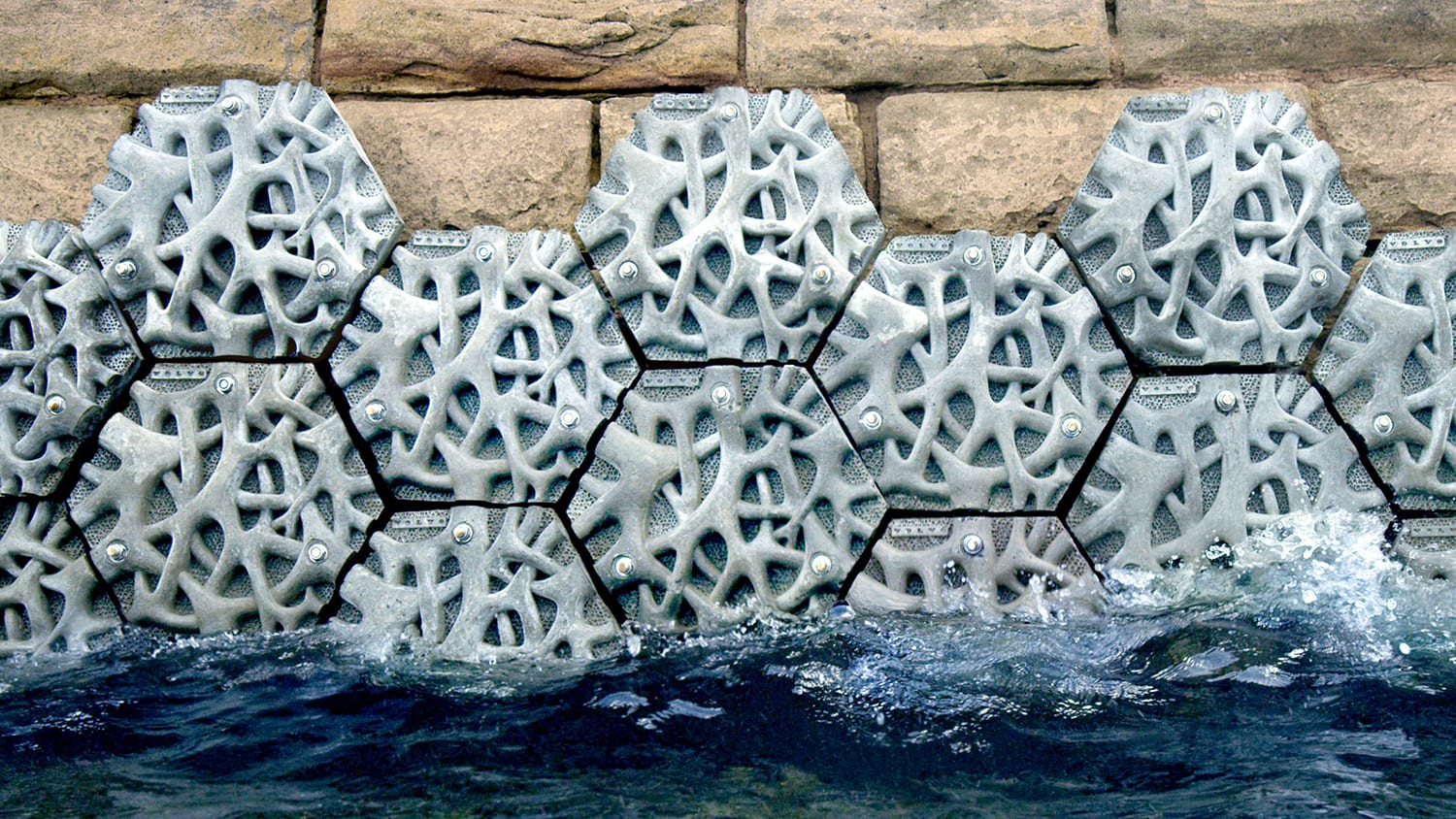
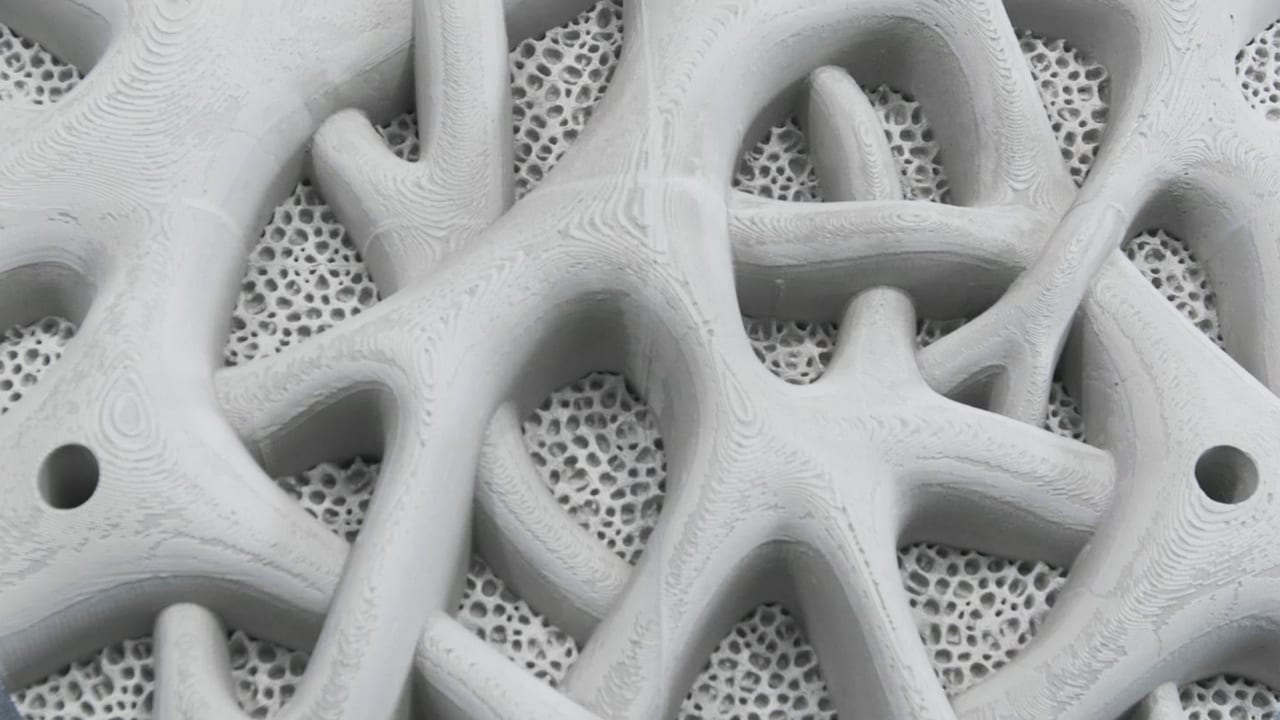
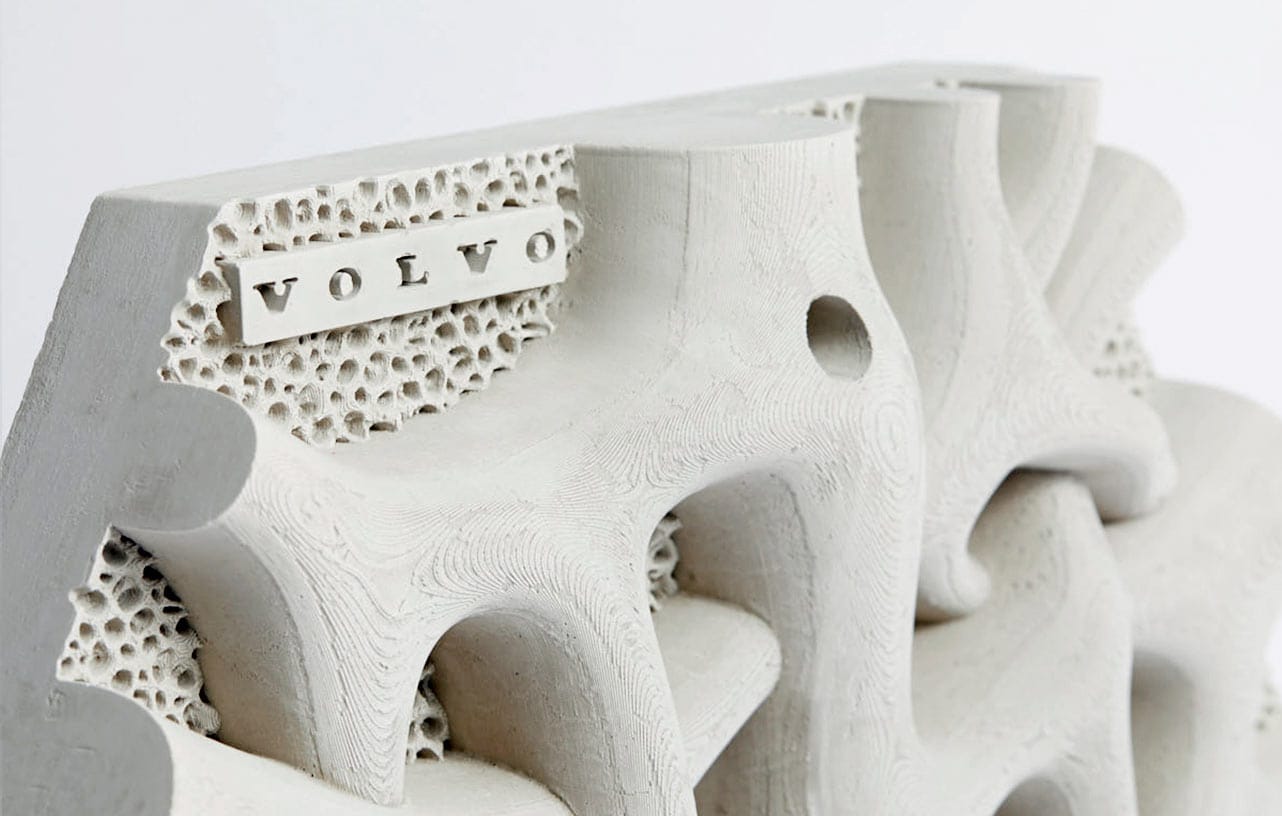
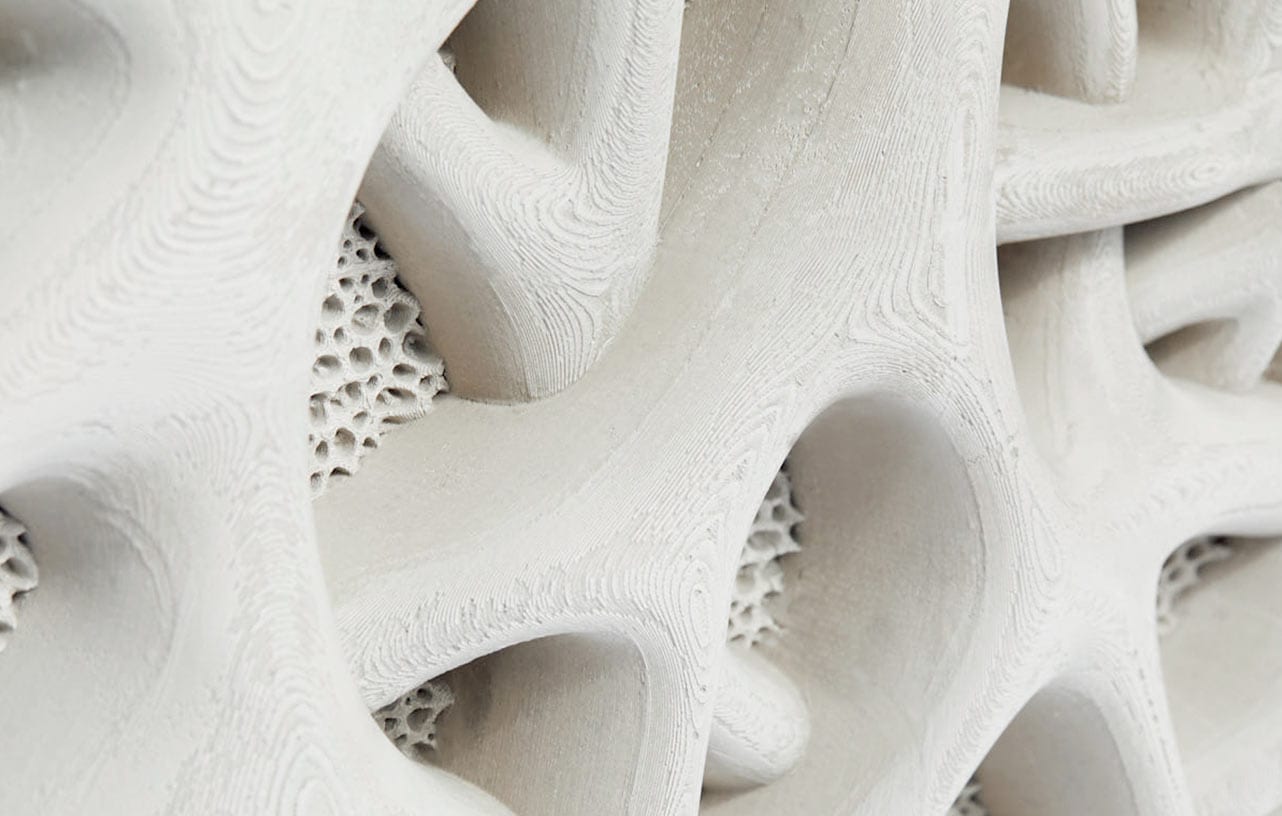

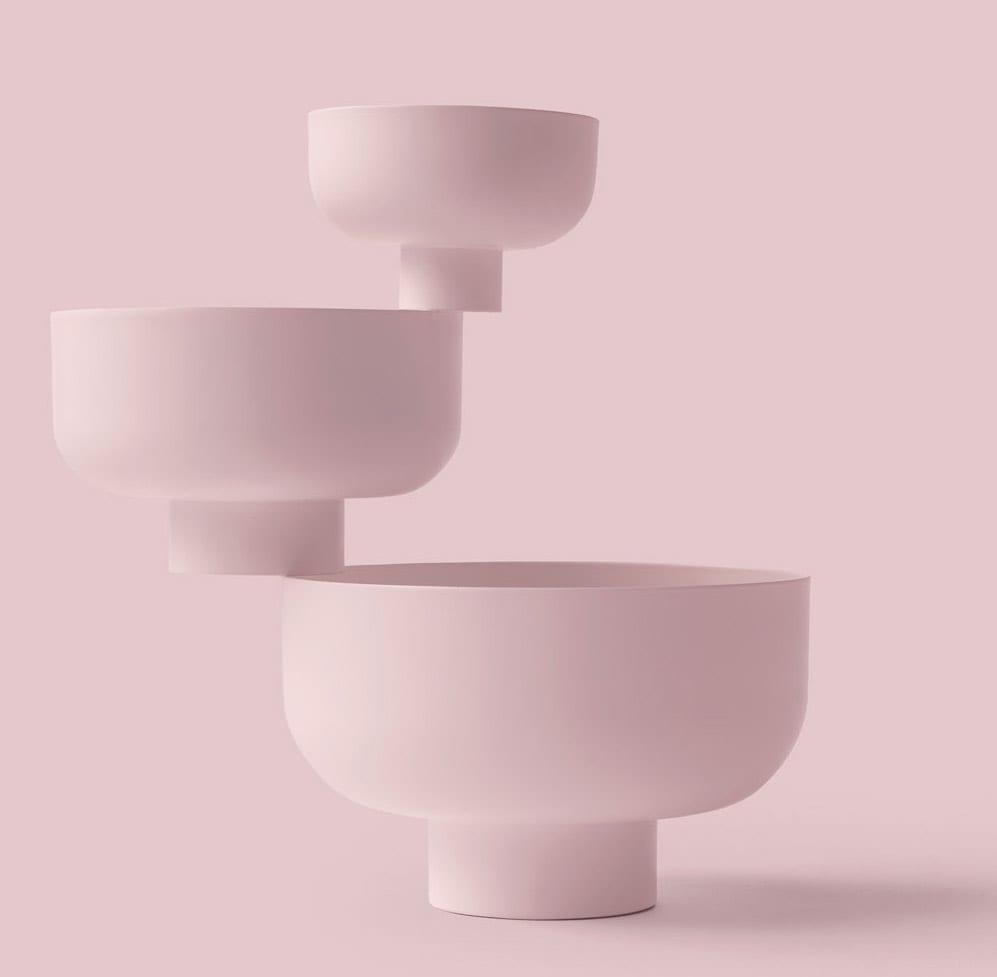

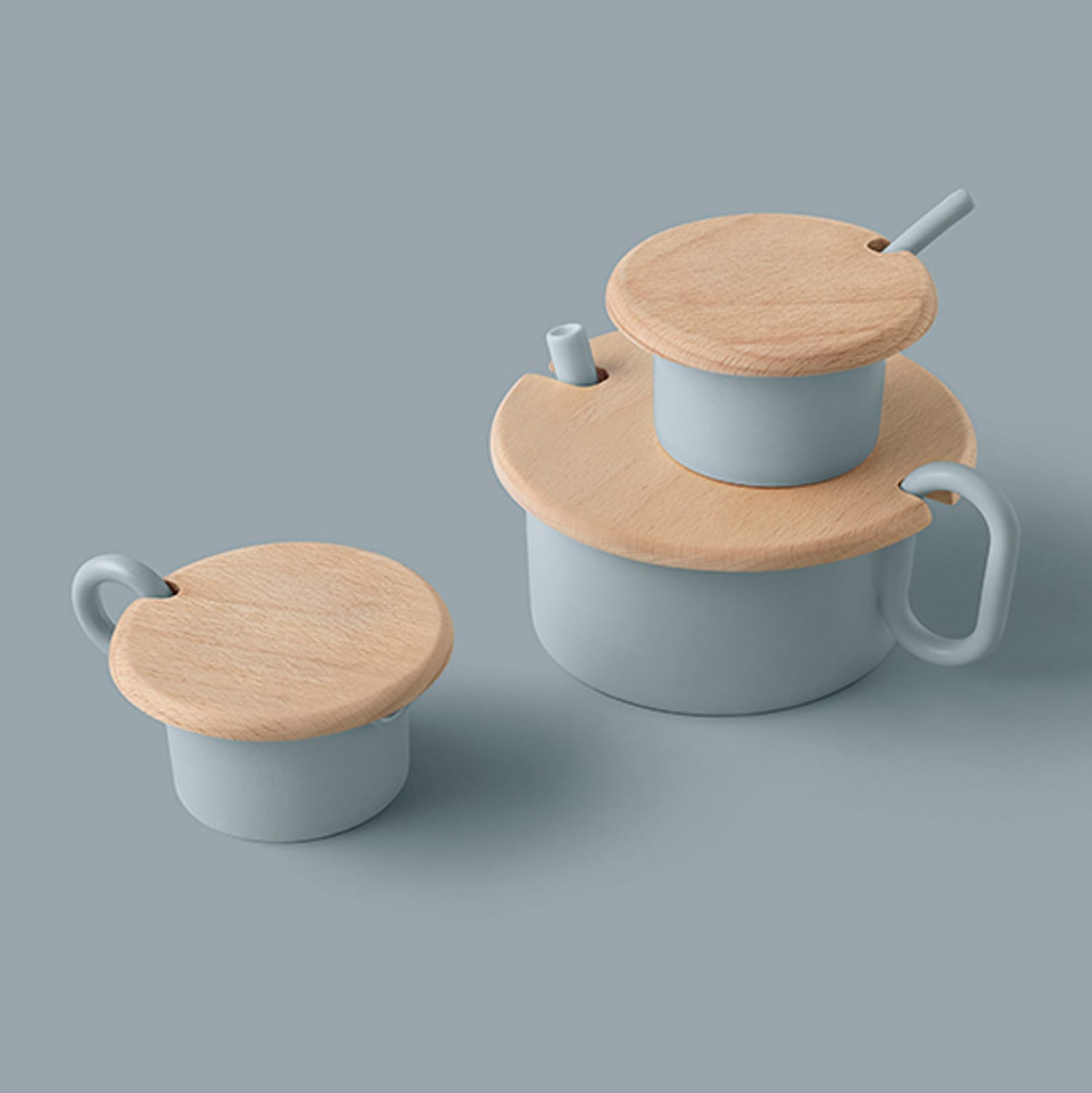

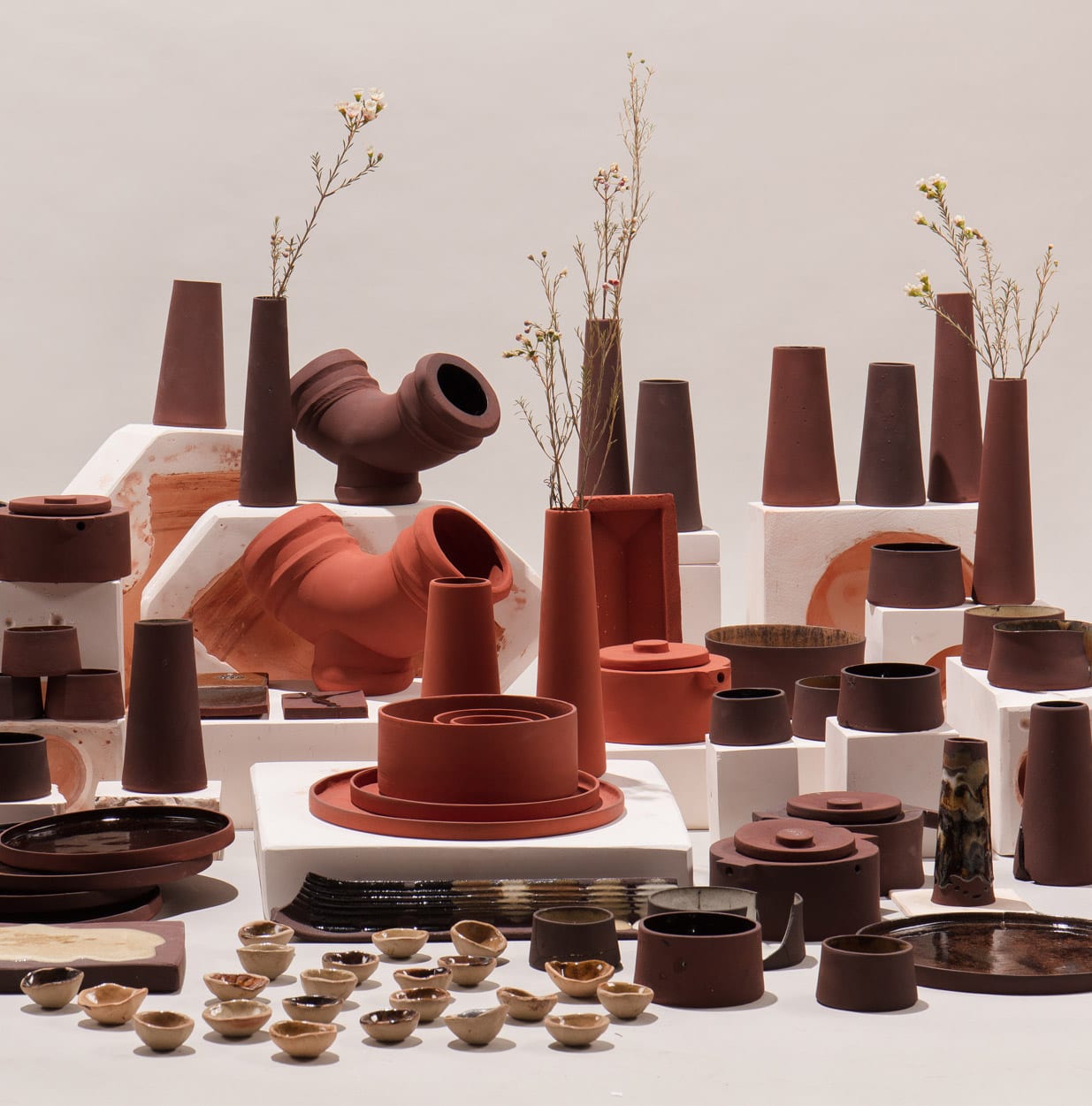

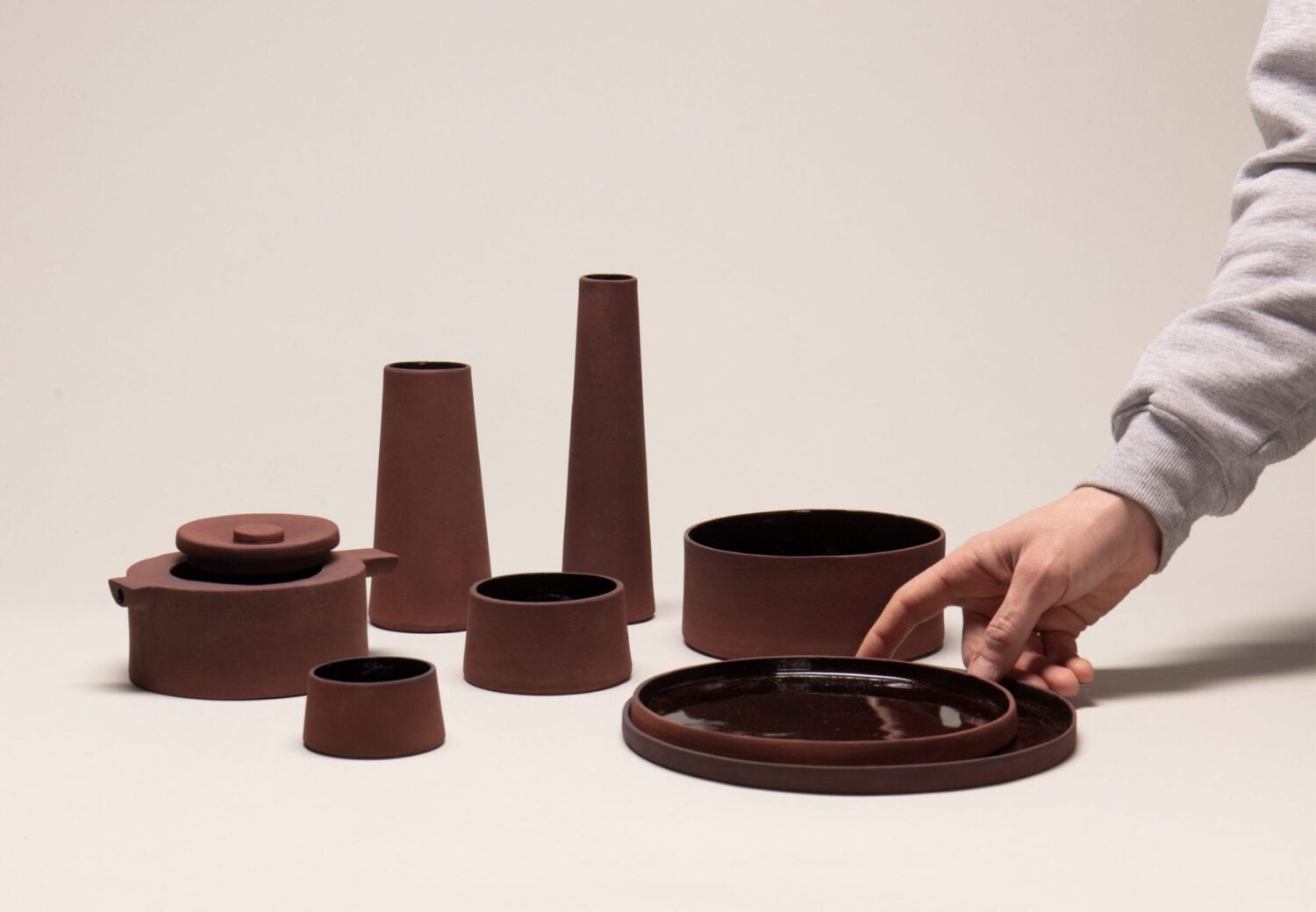
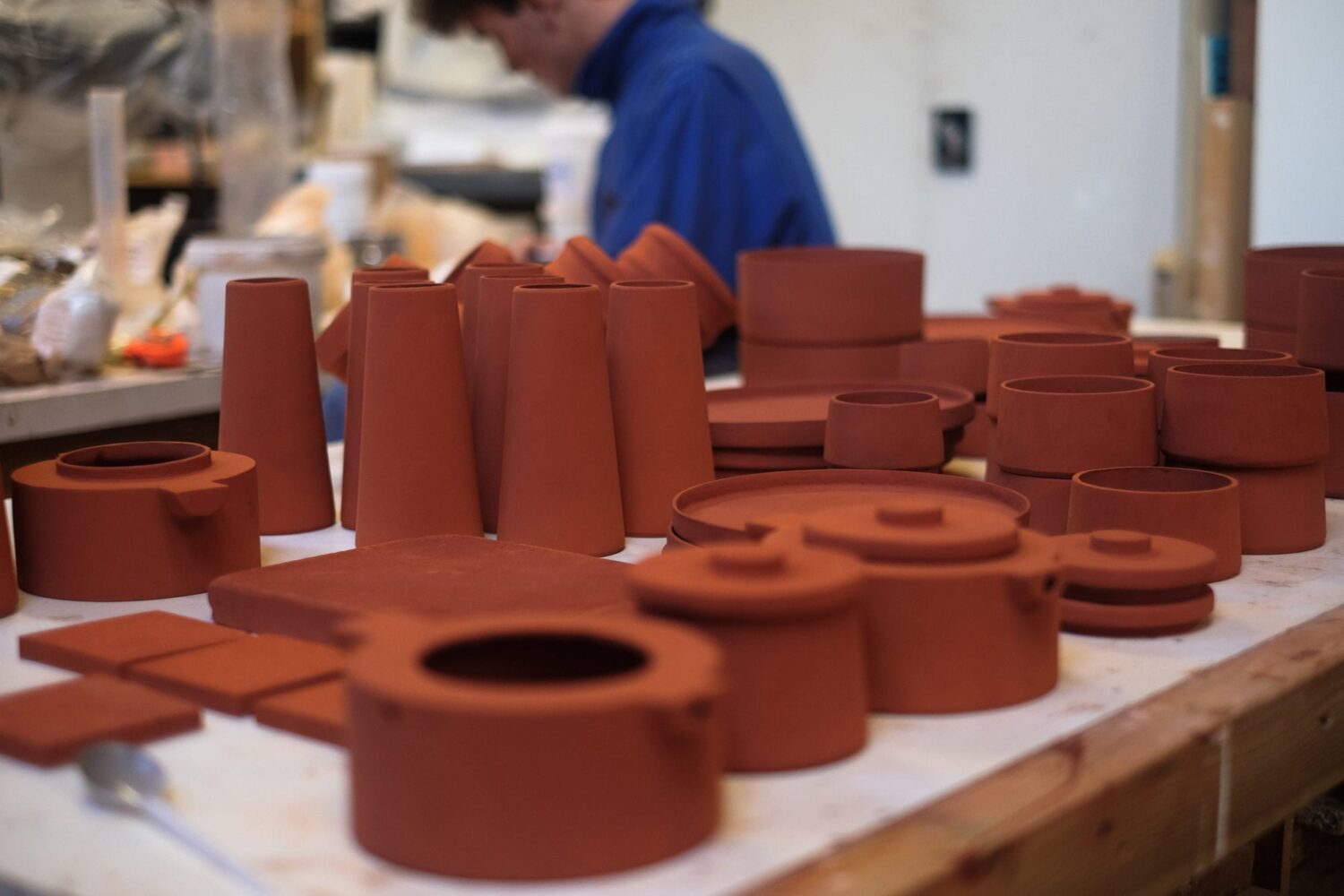

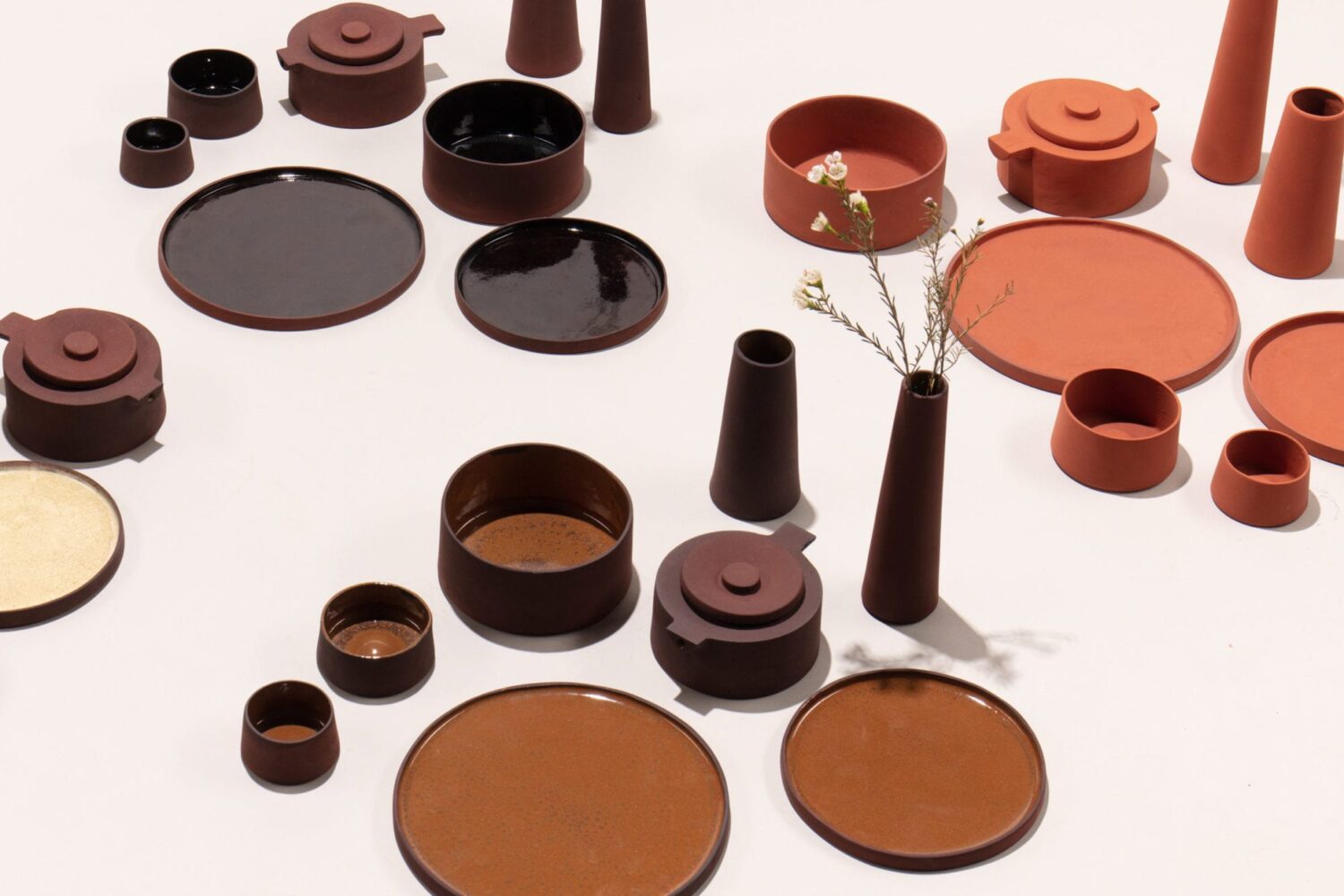
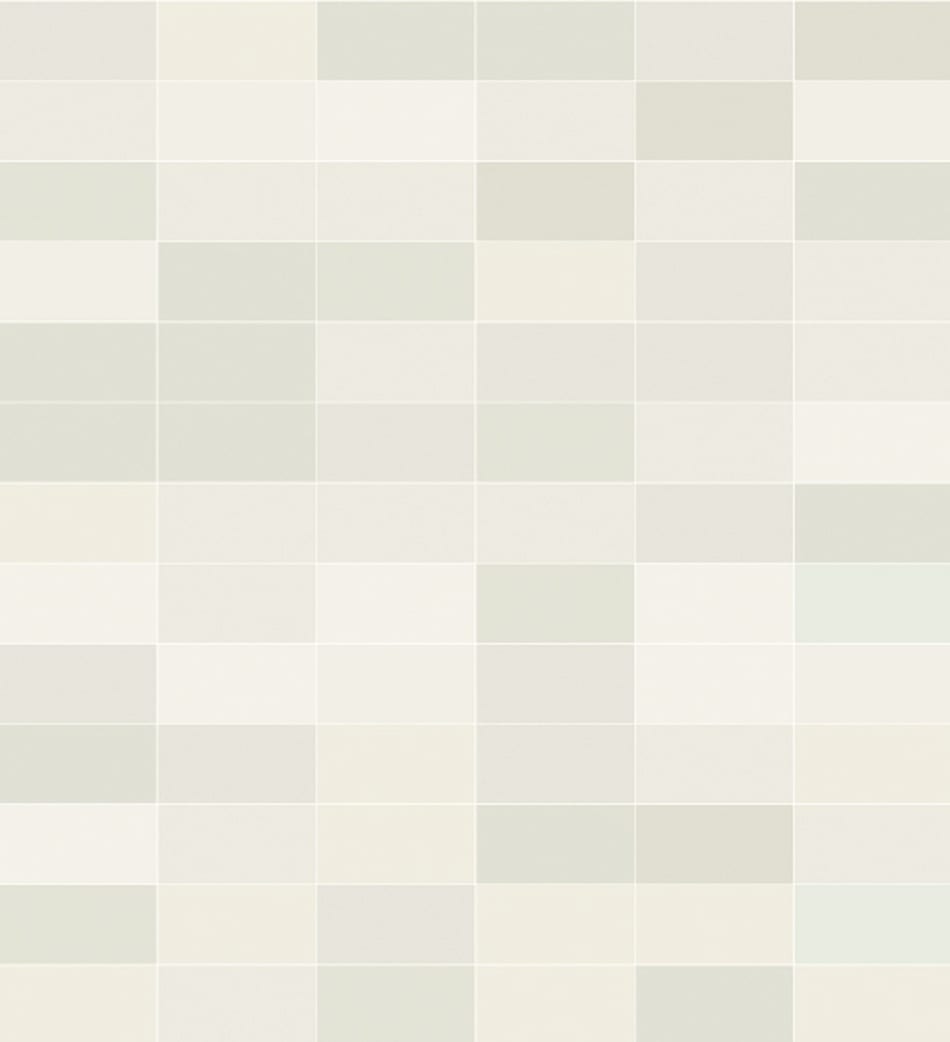
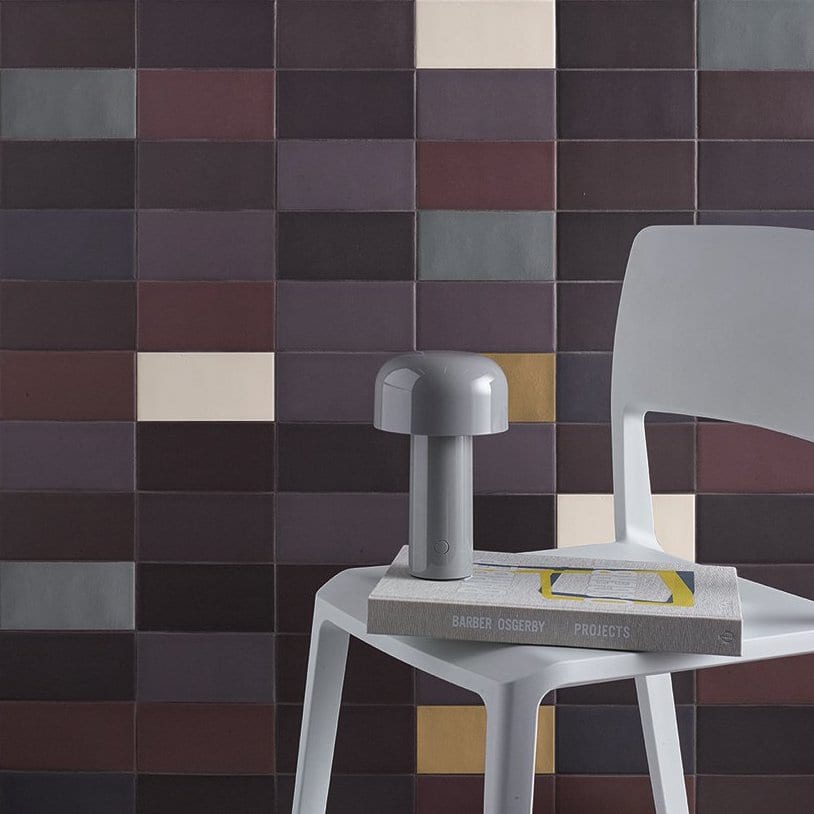
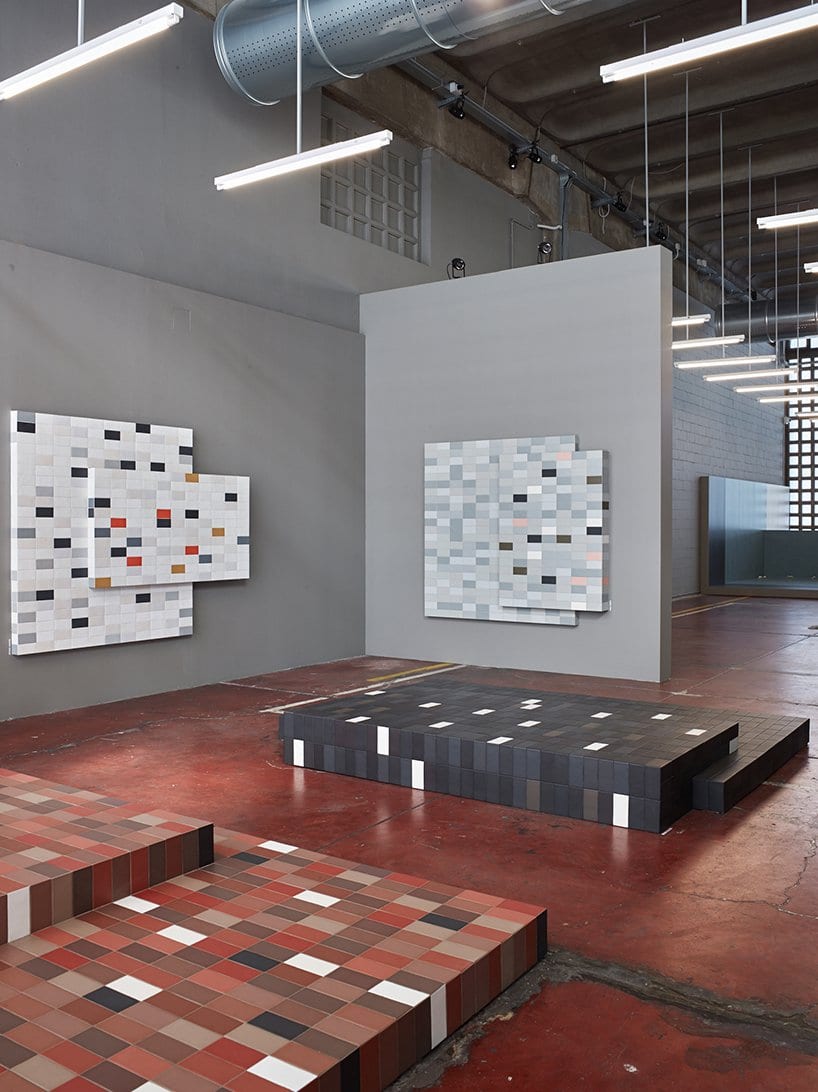

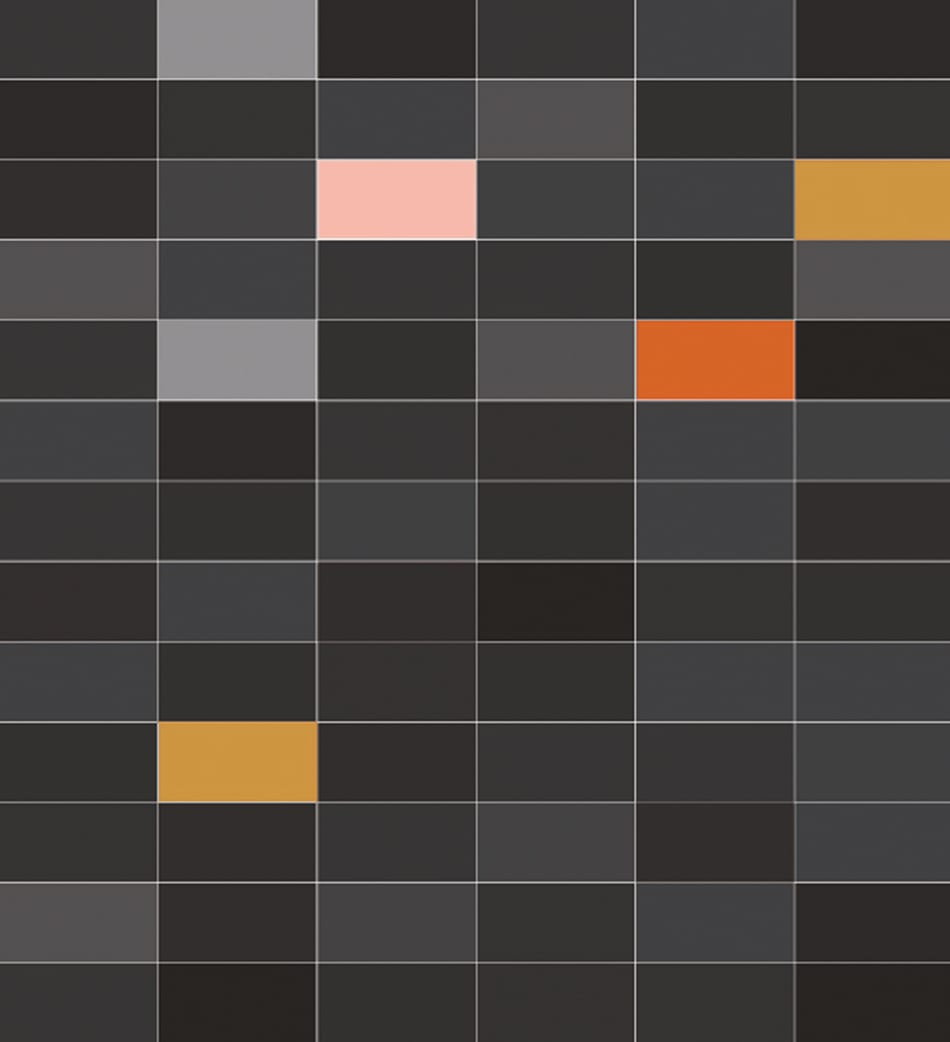
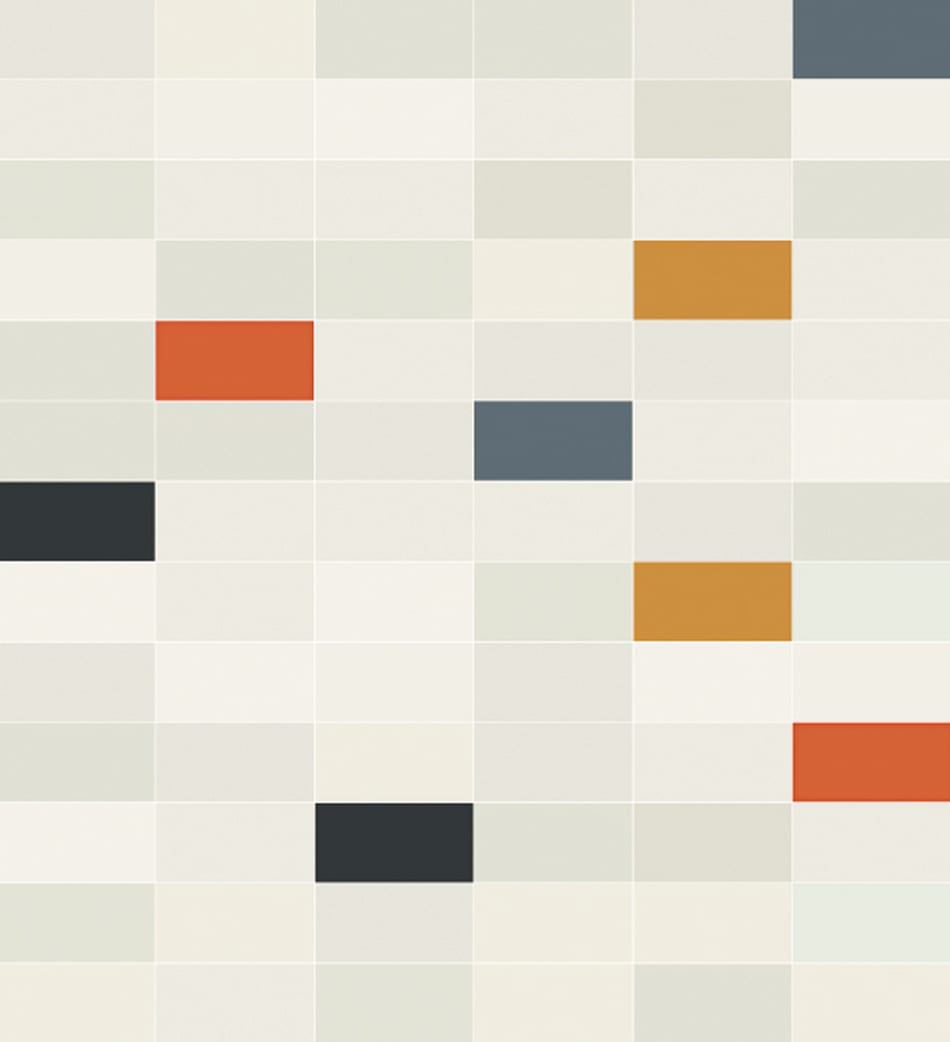
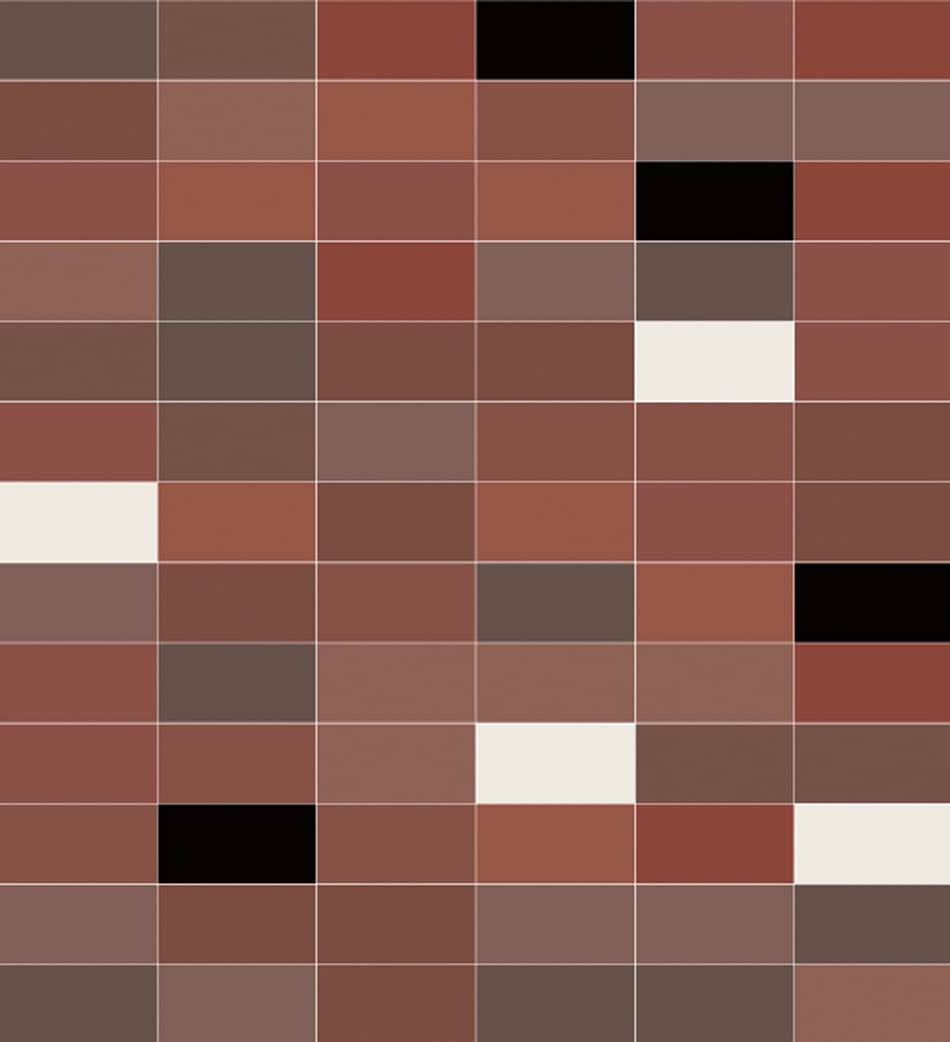
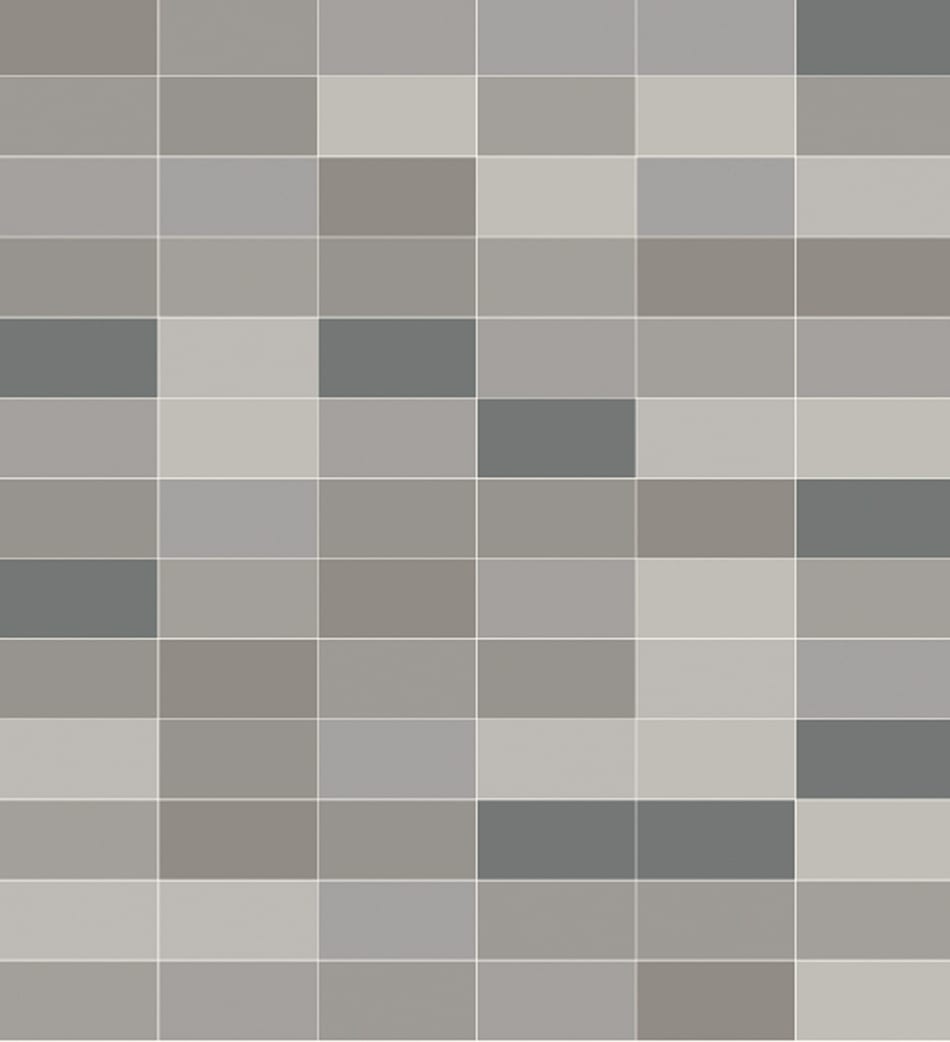
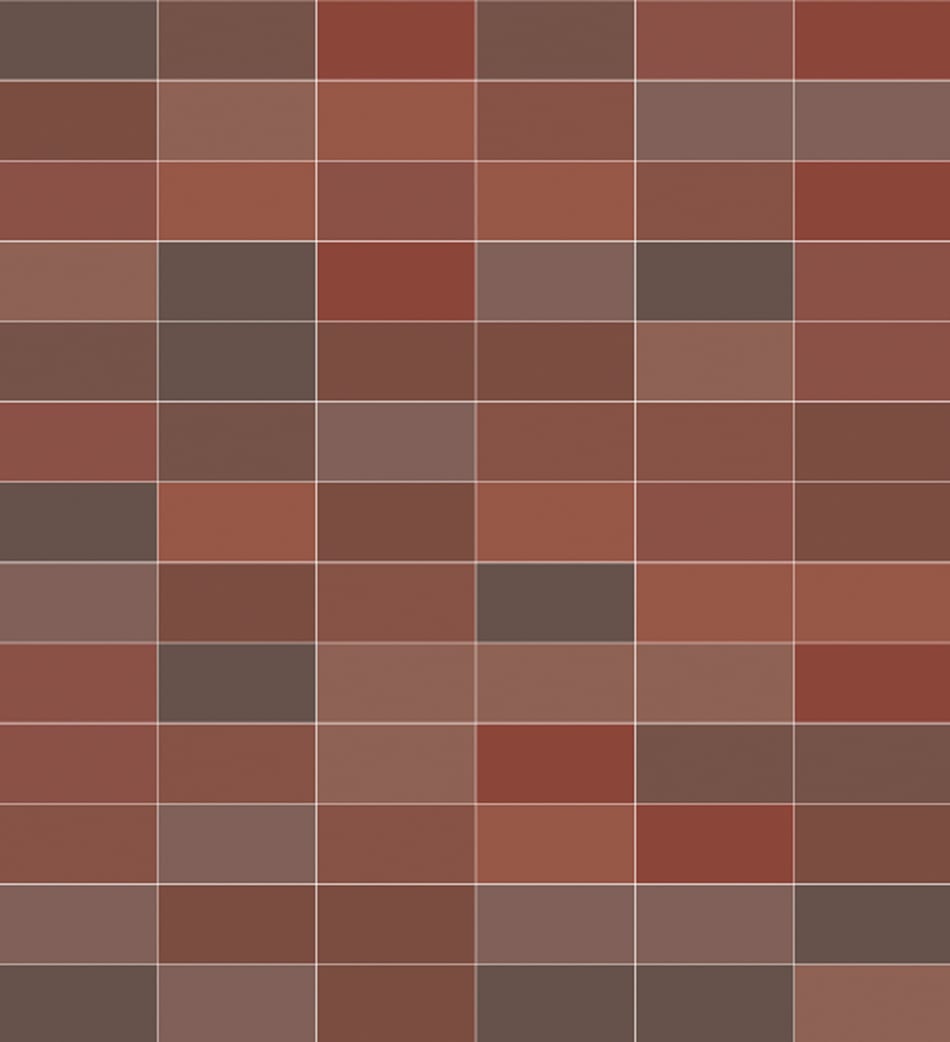

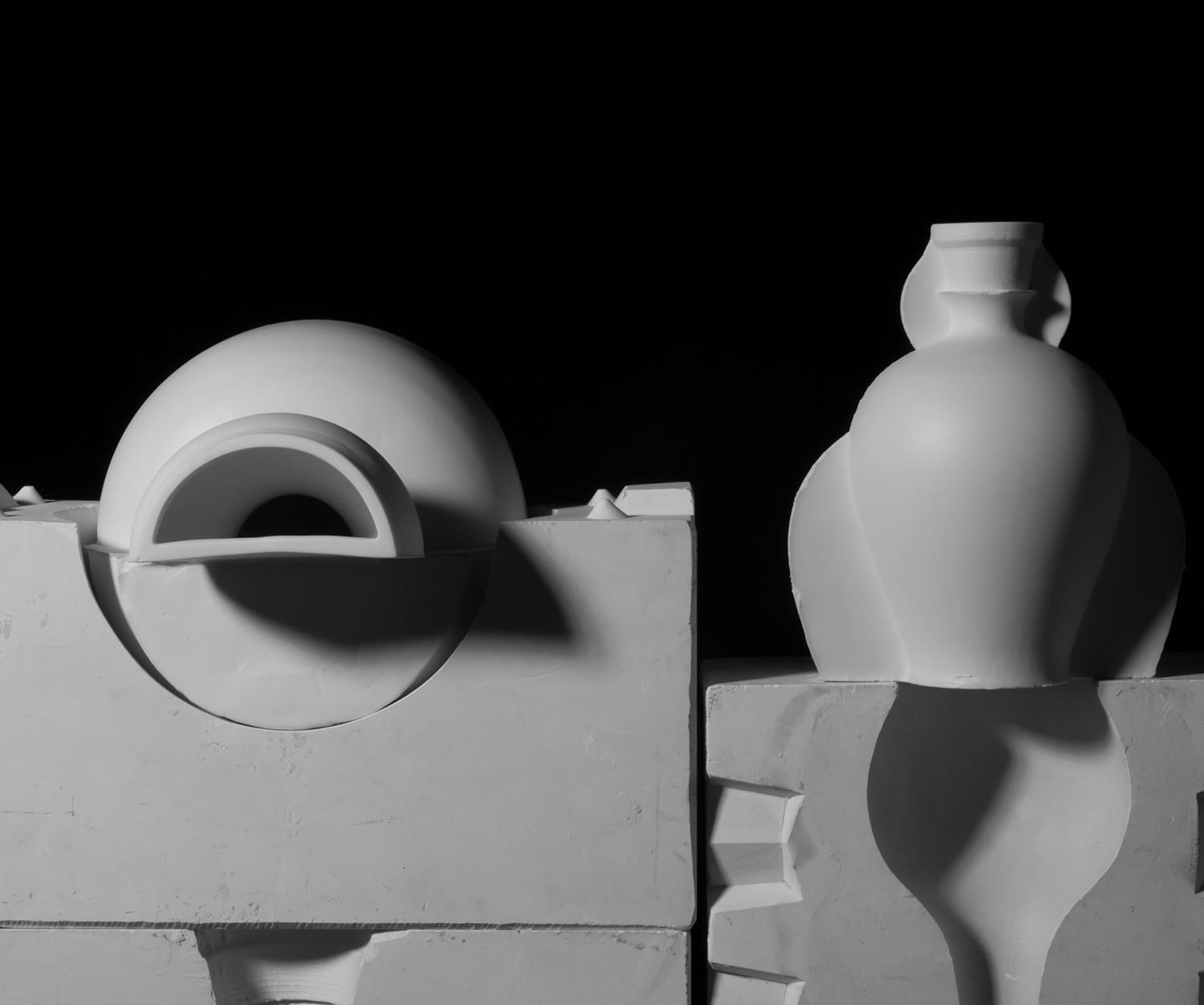
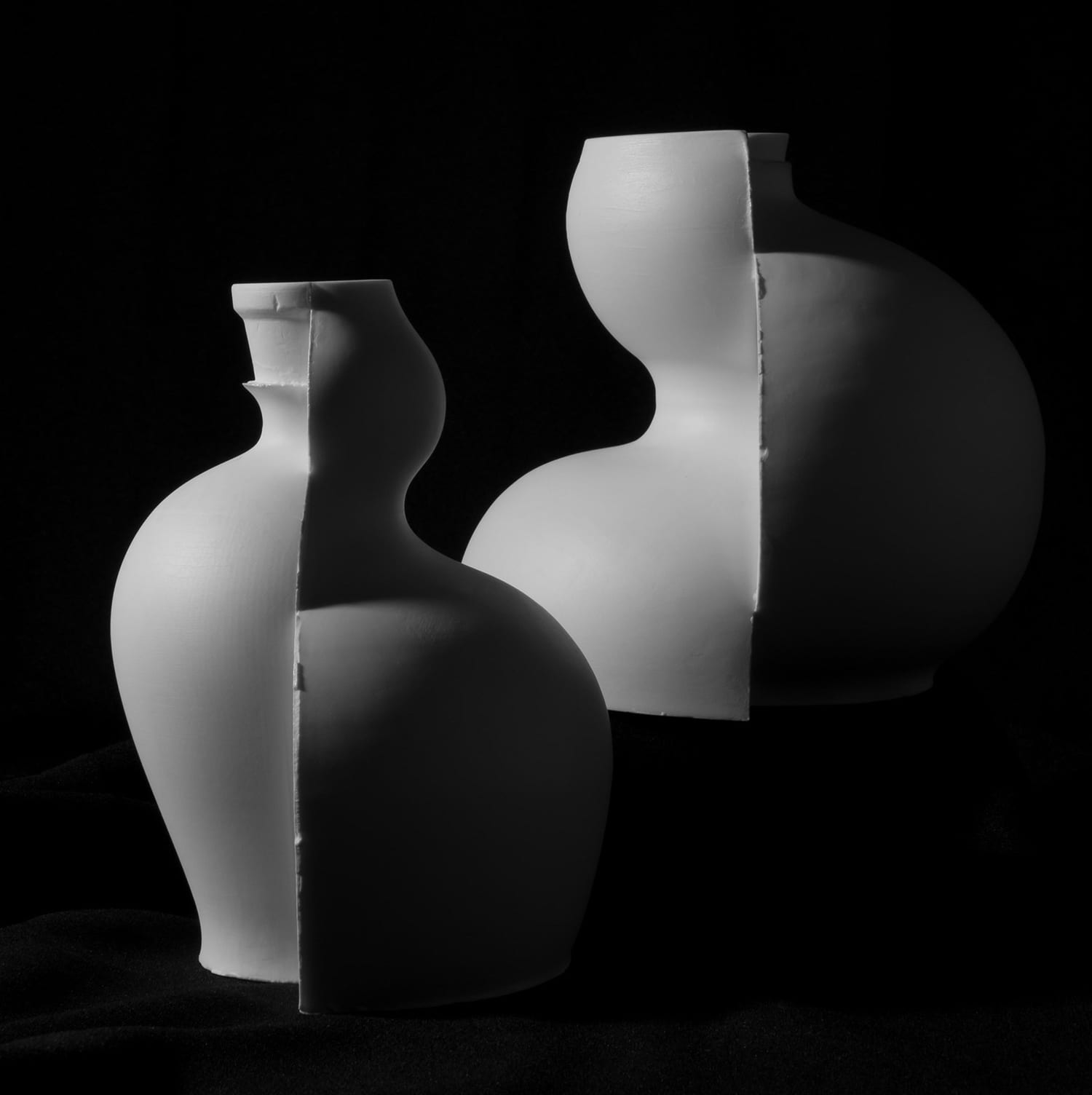

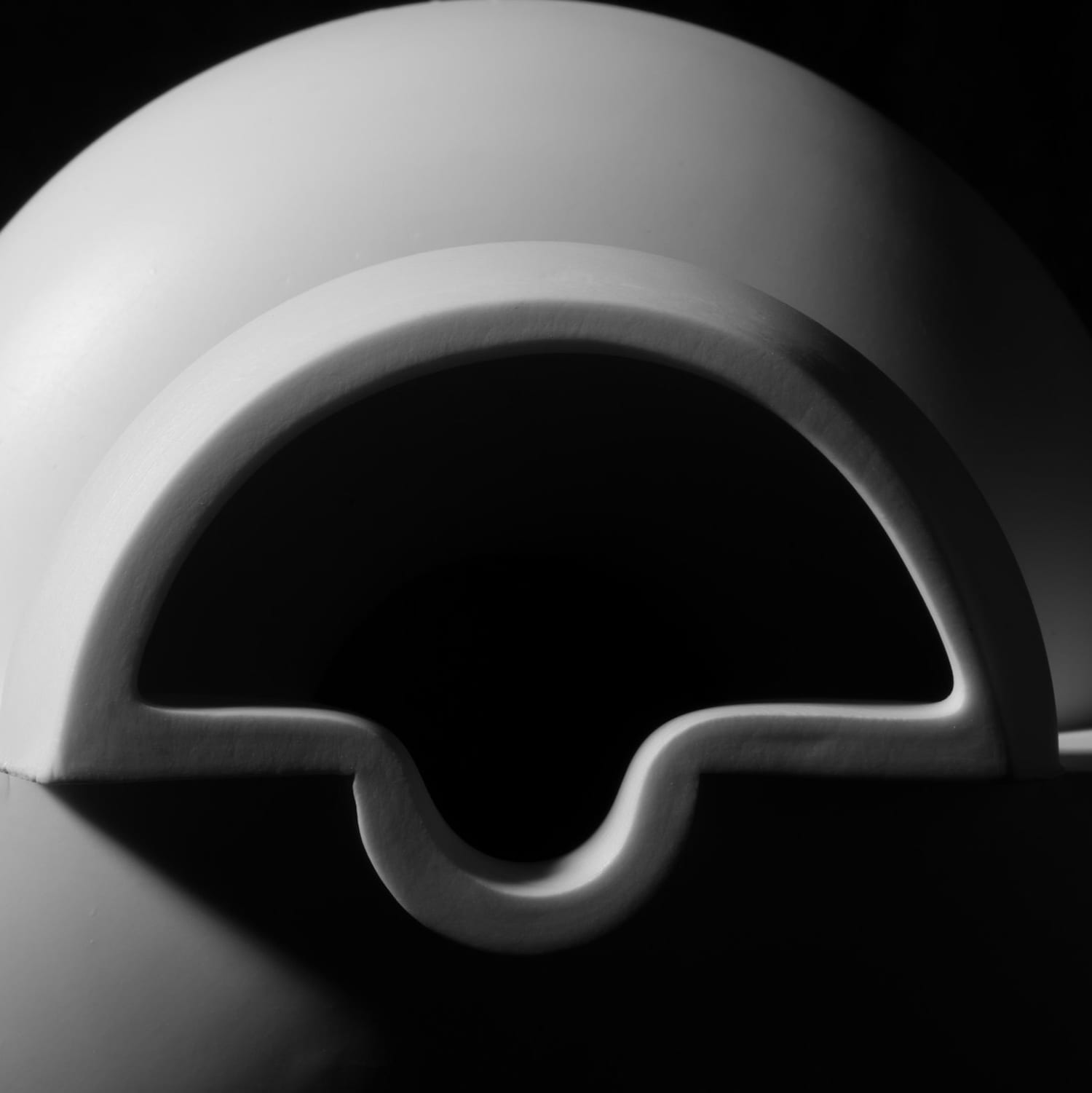

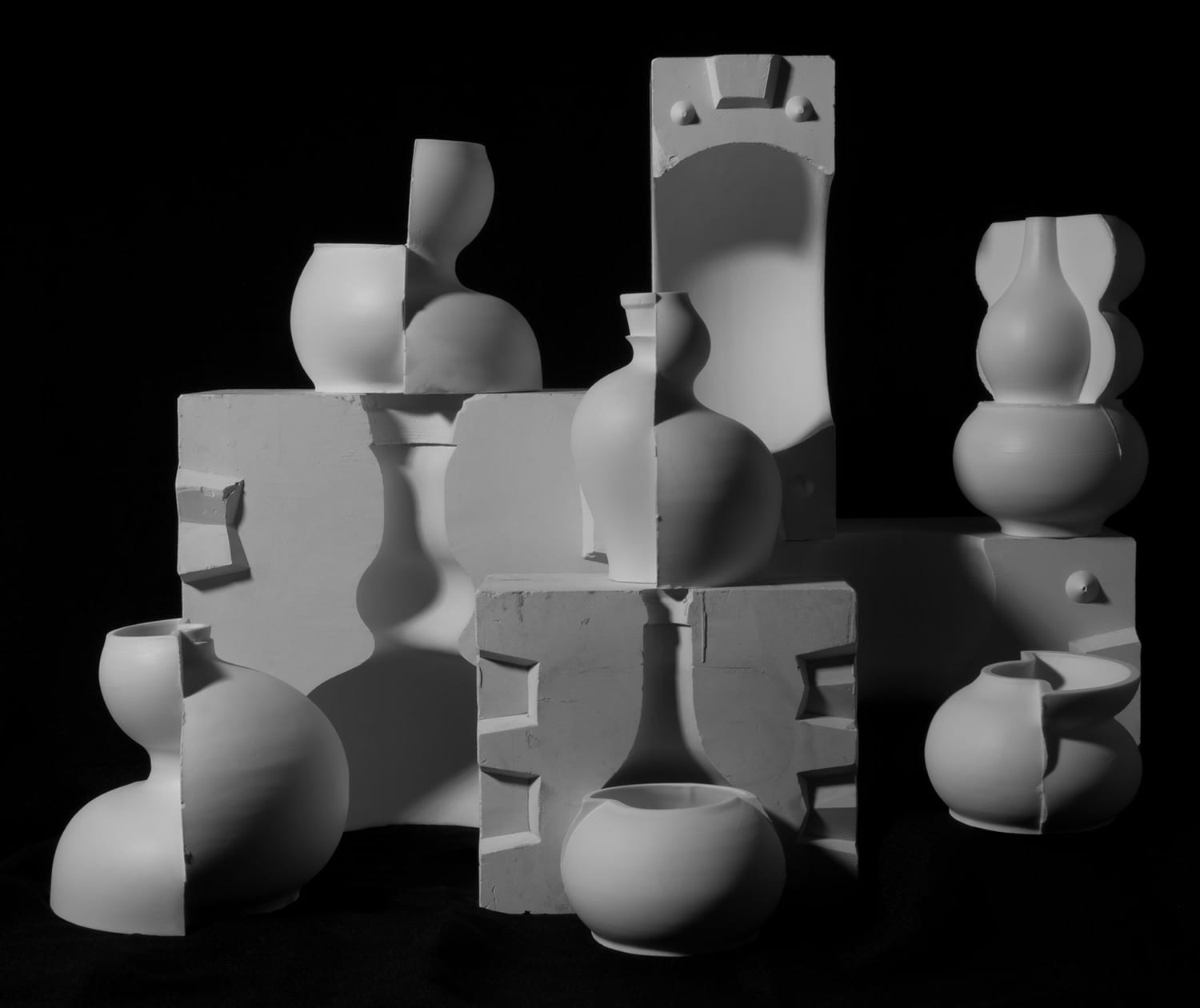
Ceramic refers to the material. Pottery is perhaps more descriptive of handmade products. In either case a human is responsible for the design. Usually :;-)
Hi, I consider that 3-D printed tiles is not ceramic.
For me, ceramic is hand made, not by a 3D printer.
A Billion bathrooms may disagree with you. Not 3-D printing but machine made.